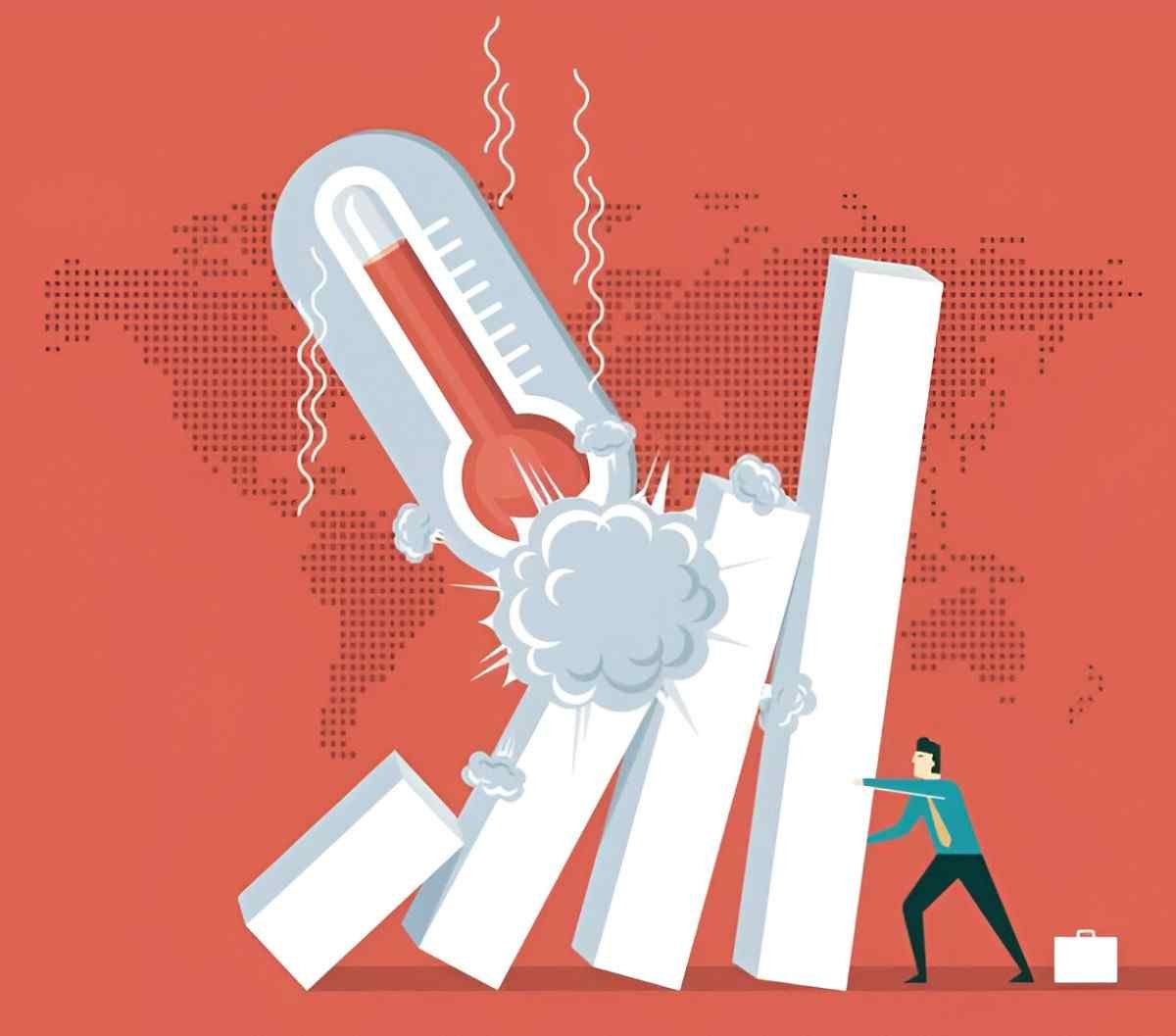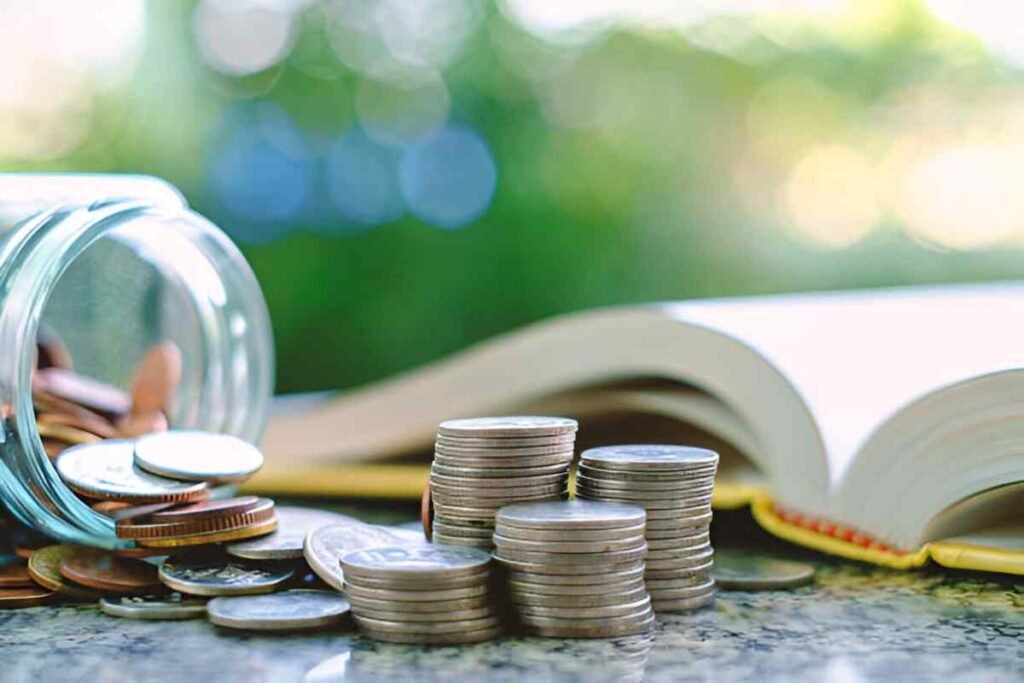Introduction
As someone who has spent years analyzing economic trends, I know that economic overheating is one of the most critical yet misunderstood phenomena in macroeconomics. When an economy grows too fast, it doesn’t just lead to prosperity—it can also trigger instability. In this article, I’ll break down what economic overheating really means, why it happens, and how policymakers can prevent it from derailing long-term growth.
Table of Contents
What Is Economic Overheating?
Economic overheating occurs when an economy operates beyond its sustainable capacity. Think of it like an engine running at full throttle for too long—eventually, it starts to break down. In economic terms, this means demand outstrips supply, leading to inflation, labor shortages, and speculative bubbles.
Key Indicators of Economic Overheating
- High Inflation – When prices rise too quickly, it’s often a sign that demand is exceeding supply.
- Low Unemployment – While low joblessness is good, extremely tight labor markets push wages up unsustainably.
- Excessive Credit Growth – Rapid lending can fuel asset bubbles.
- Trade Deficits – If domestic demand is too high, imports surge, widening the trade gap.
Causes of Economic Overheating
1. Excessive Monetary Stimulus
Central banks, like the Federal Reserve, sometimes keep interest rates too low for too long. Cheap borrowing encourages spending and investment, but if the economy is already near full capacity, this leads to inflation.
For example, the Taylor Rule suggests the optimal interest rate based on inflation and GDP gaps:
r_t = r^* + \pi_t + 0.5(\pi_t - \pi) + 0.5(y_t - y)Where:
- r_t = nominal Fed rate
- r^* = equilibrium real rate (~1%)
- \pi_t = current inflation
- \pi^* = target inflation (2%)
- y_t - y^* = output gap
If the Fed ignores this rule, rates may stay too low, overheating the economy.
2. Fiscal Expansion
Government spending can boost growth, but excessive stimulus—like the post-pandemic relief packages—can overheat demand. The U.S. saw this in 2021-2022 when inflation hit 9%, partly due to massive fiscal injections.
3. Supply-Side Constraints
Sometimes, overheating isn’t just about demand—supply shocks (like oil shortages or supply chain disruptions) can also push prices up. The 1970s oil crisis is a classic example.
4. Speculative Bubbles
When investors pour money into assets (like housing or stocks) expecting endless price rises, bubbles form. The 2008 housing crash was a result of such overheating.
Effects of Economic Overheating
1. Inflation Spiral
Once inflation expectations rise, workers demand higher wages, which businesses pass on as higher prices—creating a vicious cycle.
2. Asset Bubbles and Crashes
Overheated markets often lead to bubbles. The dot-com bubble of the late 1990s saw NASDAQ rise 400% before crashing.
3. Currency Depreciation
If inflation rises faster than in other countries, the dollar weakens, making imports costlier.
4. Recession Risks
To cool overheating, the Fed raises rates, which can trigger a downturn—like in the early 1980s when Paul Volcker hiked rates to 20% to curb inflation.
Solutions to Prevent Overheating
1. Tightening Monetary Policy
The Fed can raise interest rates to slow borrowing and spending. The challenge is timing—acting too late risks runaway inflation.
2. Fiscal Restraint
Governments should avoid excessive deficits during boom periods. The Clinton-era surpluses (1998-2001) helped prevent overheating.
3. Supply-Side Reforms
Investing in infrastructure, education, and technology can expand an economy’s capacity, reducing overheating risks.
4. Macroprudential Regulations
Tools like higher capital requirements for banks can curb speculative lending.
Case Study: The U.S. Economy (2021-2023)
The post-COVID recovery saw massive stimulus checks, ultra-low rates, and supply chain disruptions. Inflation surged to 9.1% in June 2022—a clear overheating signal. The Fed responded with aggressive rate hikes, cooling inflation but risking a recession.
Inflation and Fed Funds Rate (2020-2023)
| Year | Inflation Rate (%) | Fed Funds Rate (%) |
|---|---|---|
| 2020 | 1.2 | 0.25 |
| 2021 | 4.7 | 0.25 |
| 2022 | 8.0 | 4.50 |
| 2023 | 3.7 | 5.25 |
Conclusion
Economic overheating is a double-edged sword—strong growth is good, but unchecked expansion leads to instability. By monitoring key indicators and using prudent monetary and fiscal policies, the U.S. can sustain growth without the boom-bust cycles of the past. As I’ve seen in my research, the key is balance: stimulating just enough to grow, but not so much that the economy burns out.





